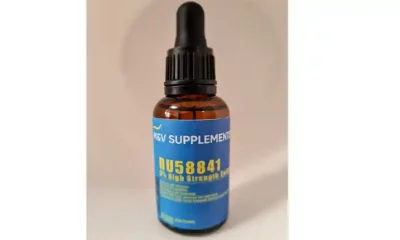Transcranial magnetic stimulation (TMS) is a form of brain stimulation therapy. It’s a nonsurgical technique that uses electromagnetic pulses to stimulate nerve cells and may help with the symptoms of neurological or mental health problems TMS is a type of neuromodulation treatment that uses magnetic pulses to stimulate nerves and alter brain function. It’s primarily used to treat depression.
It has been successful in assisting individuals who don’t respond well to antidepressants or psychotherapy. In fact, the Food and Drug Administration (FDA) has given it the green light for this purpose. There’s some evidence that TMS may assist other conditions, such as anxiety and Parkinson’s disease. Because TMS employs repeated electrical stimuli, it’s sometimes known as repetitive transcranial magnetic stimulation (rTMS). The words are often
How TMS therapy works
A TMS technician or TMS physician performs the therapy. It’s a non-invasive outpatient treatment that can be completed in a medical office. If it’s done in a hospital, you won’t have to stay overnight.
Read more: TMS for Anxiety
Before the procedure, you’ll need to remove items that are sensitive to magnets, like jewelry.
Here’s what you can expect during TMS:
- To minimize the clicking sound of magnetic impulses, your technician will have you put on earplugs. You’ll be seated in a comfortable chair. There won’t be any need for general anesthesia, and you’ll remain conscious throughout the procedure.
- If it’s your first time, the technician will measure your head to determine where the magnetic coil should be positioned. They’ll also take other measurements to customize the TMS machine’s settings.
- The coil will be placed over the brain’s front portion. The therapy will then begin.
- When the magnetic impulses are sent, you’ll hear a clicking sound. You may also experience a tapping or knocking sensation against the magnetic tube.
- During the procedure, your doctor inserts an endoscope into one of your orifices and follows it with a fiberoptic tube. The therapy typically lasts 30 to 60 minutes. You may return to normal activities after the treatment is completed.
You’ll need to repeat the procedure five days per week for around 4 to 6 weeks. The length of your therapy is determined by your reaction and condition.
Also read What is TMS therapy?

























